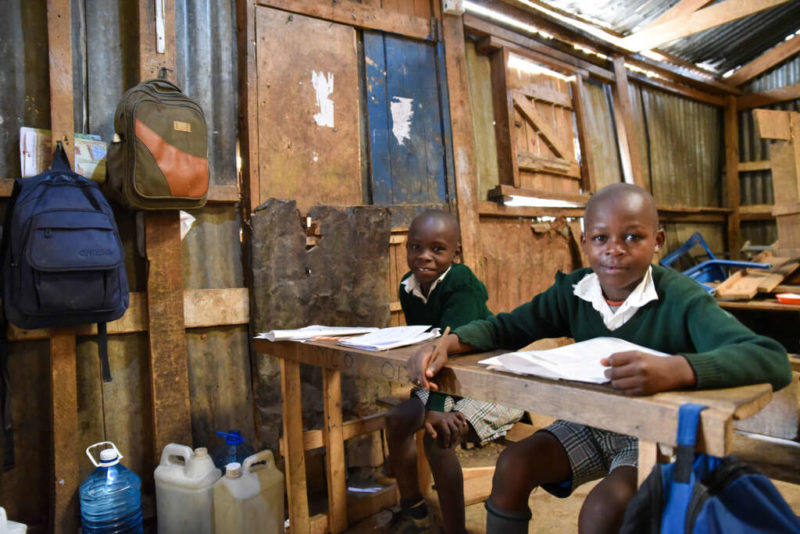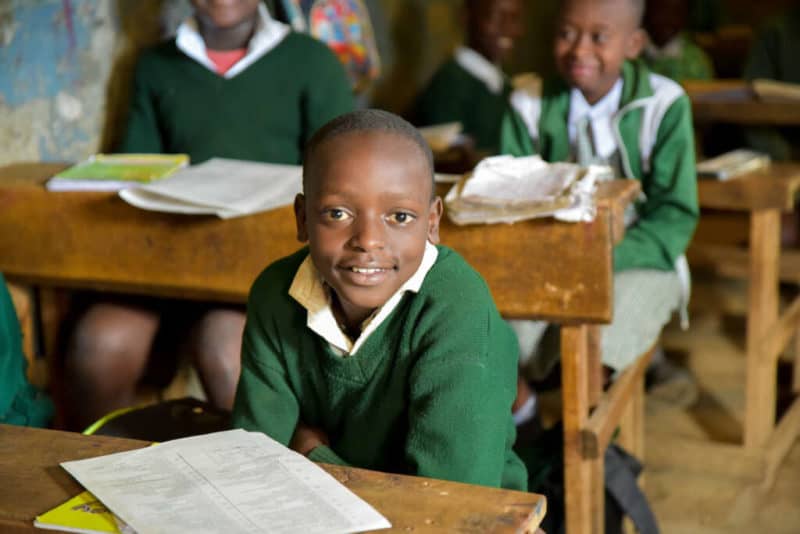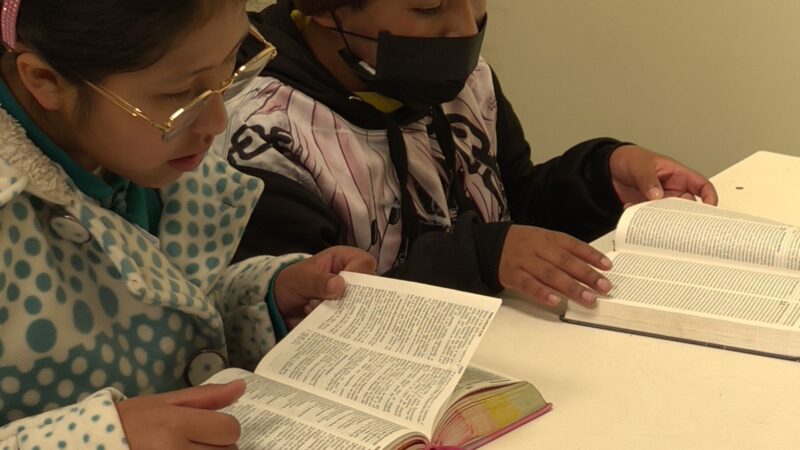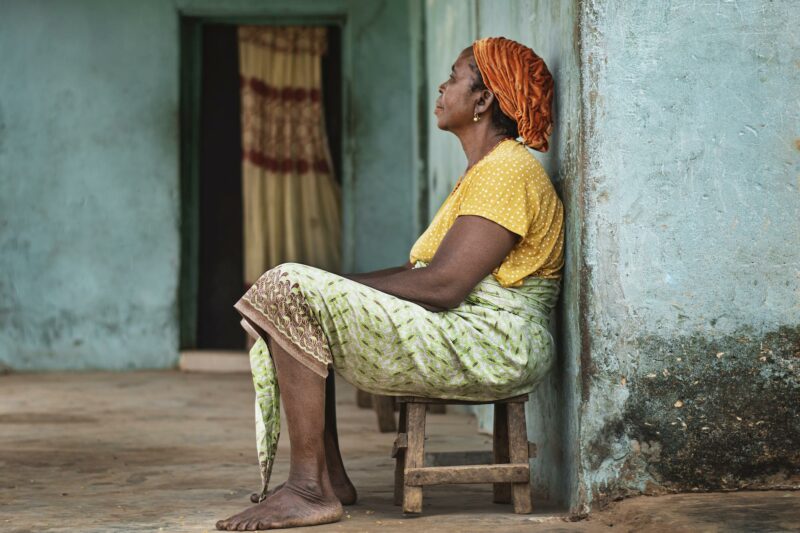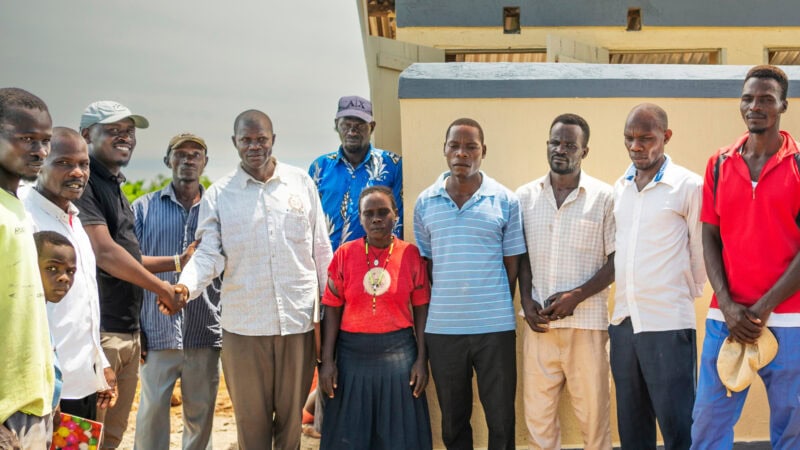I sat in the vehicle roughly bumping along the dirt road as we crept through the Kenyan slum. Not wanting to forget anything, I pulled out my notebook and scribbled notes as Dotun, our Kenya country director, explained how life worked in this place.
I didn’t want to forget what he said about the kids who lived on the streets, the organized crime controlling them, and the way they dealt with hunger…and the addictions it led to.
So much to take in.
My whole trip was like that—as we traveled from place to place, we’d have ongoing conversations about poverty, slum life, Kenya, international diplomacy, and how it all fit together to set the stage and frame the context that Bright Hope works in.
One of the conversations from that week really resonated with me: the cost of poverty
Dotun helped me understand something about poverty that I’d never really thought about before:
Everything costs more when you’re poor.
Think about it for a second… and let me flesh it out with you, as Dotun explained it to me.
Water costs more when you’re poor.
You don’t have plumbing with a faucet in your house where you pay one monthly bill. You only buy a little bit at a time—basically as much as you can carry—but you’re buying it frequently. And though it’s just a small amount, at the end of the month, in Kenya, you are paying more for your water (that you had to haul) than someone who has indoor plumbing. Surprising, right?
The poor get hit on every side.
Because they buy smaller quantities, in the end they pay more. The principle actually is the same for us too—how many of us buy one pencil? One roll of toilet paper? Or just a couple Tylenol tablets? No, we buy 500 Tylenol tables and a 12-pack of pencils and a 24-pack of toilet paper… the more we buy, the cheaper it is per individual item.
But those living in extreme poverty don’t even have that option.
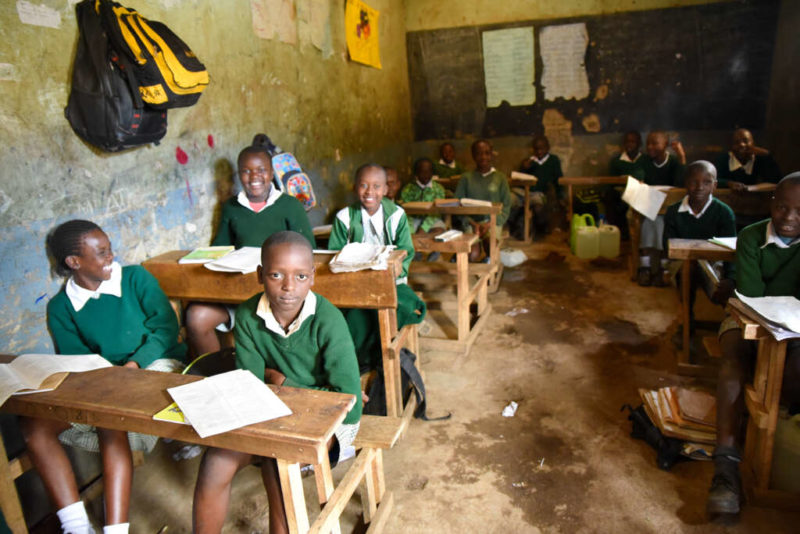
Look at health and medical care.
Those living in extreme poverty, often in unsanitary conditions and lacking good nutrition, are more prone to get sick.
When they’re sick they can’t work, pushing them deeper into poverty.
If they’re so sick they need medical care (in a place like Kenyan slums), their only option may be to go to a faraway hospital that offers free care. But now they have to find money for transportation to travel a distance to get the free care.
Tragically, some people have lost their lives trying to get to a free hospital.
It’s just awful. And yet it made so much sense once he explained it to me. It’s a good reminder for us all, as we work together to “crush poverty,” that the layers and contributing factors are many and complex.
It’s horrible to imagine if it were our loved ones dying on the way to the hospital, but it’s a powerful image that really “hits home” with the reality of what a life of extreme poverty is like for those living in developing nations.
The cost of poverty is high.
With all of this in mind, I believe the more we know the better we’ll be able to target our efforts to truly make a difference.
